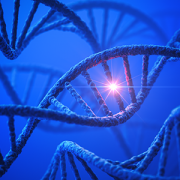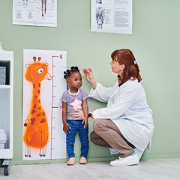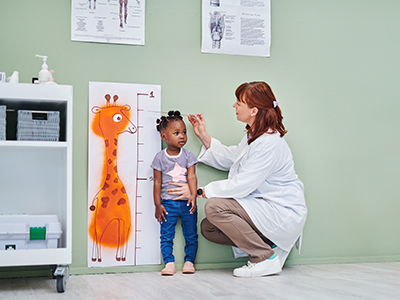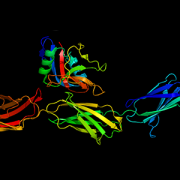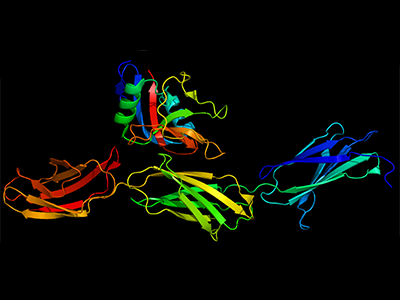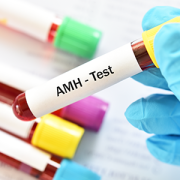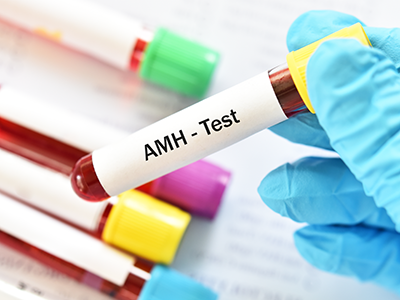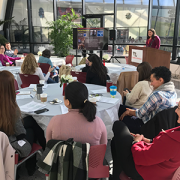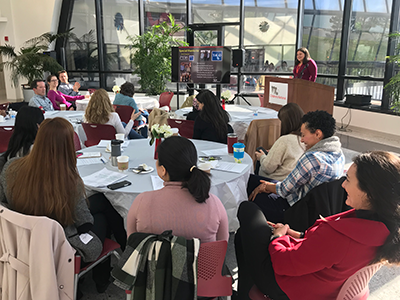First global clinical trial achieves promising results for hypochondroplasia
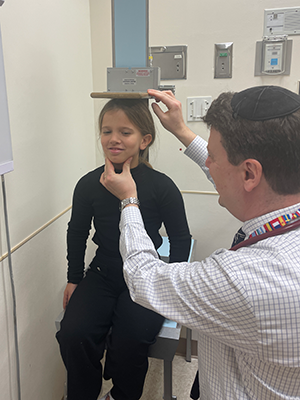
Trial participant Mia Maric is measured by Dr. Andrew Dauber.
Researchers from Children’s National Hospital presented findings from the first clinical trial of the medication vosoritide for children with hypochondroplasia – a rare genetic growth disorder. The results were presented at the 2024 American College of Medical Genetics and Genomics (ACMG) Annual Clinical Genetics Meeting.
The big picture
Recently approved to increase linear growth and open growth plates in children with achondroplasia, vosoritide is a C-type natriuretic peptide analog that binds its receptor on chondrocytes, leading to increased chondrocyte proliferation and differentiation by inhibiting the ERK1/2-MAPK pathway.
“Vosoritide directly targets the pathway in the growth plate that is affected by the genetic mutation causing hypochondroplasia,” said Andrew Dauber M.D., M.M.Sc., chief of Endocrinology at Children’s National and lead author of the study.
During the phase 2 trial, researchers found vosoritide increased the growth rate in children with hypochondroplasia, allowing them to grow on average an extra 1.8 cm per year.
The patient benefit
Ivan Maric’s 11-year-old daughter, Mia, has been participating in the trial for the last 18 months. In 2022, they moved from Croatia to be part of the study.
“This has been life-changing for Mia,” Maric said. “Soon after receiving the initial doses, we immediately noticed growth. Now, she can independently manage everyday tasks such as washing her hair and reaching the sink to wash her hands.”
What’s next
Vosoritide treatment may work as a precision therapy to improve growth in multiple genetic conditions that interact with the ERK1/2-MAPK pathway.
“This study provides a proof of principle that this medicine will work for these children and supports further research in this area,” said Dr. Dauber. “I was excited to see how well tolerated the medication was and how some patients had excellent responses.”
This clinical trial funded by BioMarin is the first-of-its-kind to treat children with genetic short stature who do not have achondroplasia. Other growth-related conditions included in this phase 2 trial were Noonan syndrome, NPR2 mutations and Aggrecan mutations.
Additional authors from Children’s National: Anqing Zhang, Ph.D., Roopa Kanakatti Shankar, M.D., Kimberly Boucher, R.N., Tara McCarthy, B.A., Niusha Shafaei, B.A., Raheem Seaforth, B.A., Meryll Grace Castro, M.S., and Niti Dham, M.D.


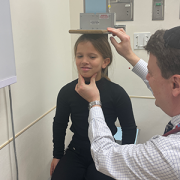

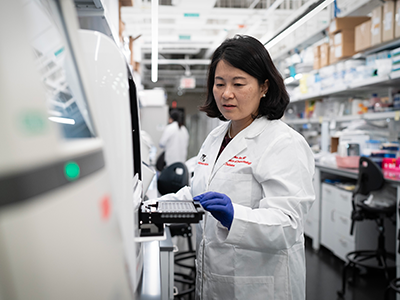
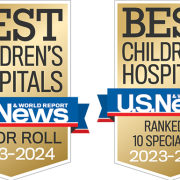
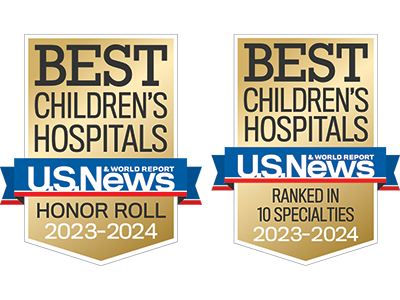 Children’s National Hospital in Washington, D.C., was ranked #5 in the nation on the U.S. News & World Report 2023-24 Best Children’s Hospitals annual rankings. This marks the seventh straight year Children’s National has made the Honor Roll list. The Honor Roll is a distinction awarded to only 10 children’s hospitals nationwide.
Children’s National Hospital in Washington, D.C., was ranked #5 in the nation on the U.S. News & World Report 2023-24 Best Children’s Hospitals annual rankings. This marks the seventh straight year Children’s National has made the Honor Roll list. The Honor Roll is a distinction awarded to only 10 children’s hospitals nationwide.
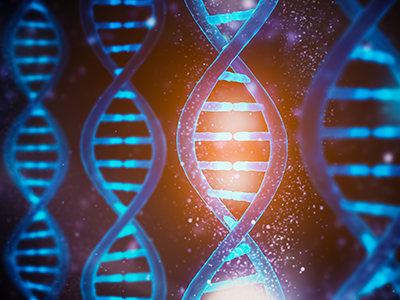

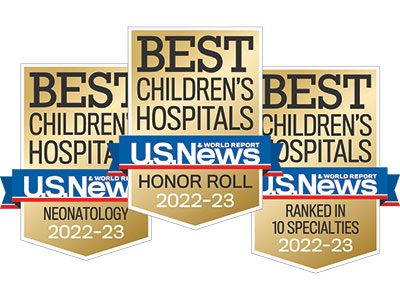 Children’s National Hospital in Washington, D.C., was ranked No. 5 nationally in the U.S. News & World Report 2022-23 Best Children’s Hospitals annual rankings. This marks the sixth straight year Children’s National has made the list, which ranks the top 10 children’s hospitals nationwide. In addition, its
Children’s National Hospital in Washington, D.C., was ranked No. 5 nationally in the U.S. News & World Report 2022-23 Best Children’s Hospitals annual rankings. This marks the sixth straight year Children’s National has made the list, which ranks the top 10 children’s hospitals nationwide. In addition, its 